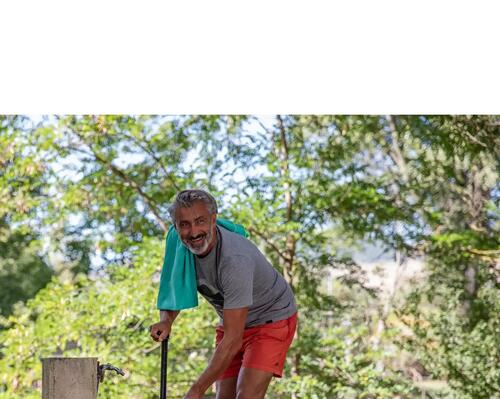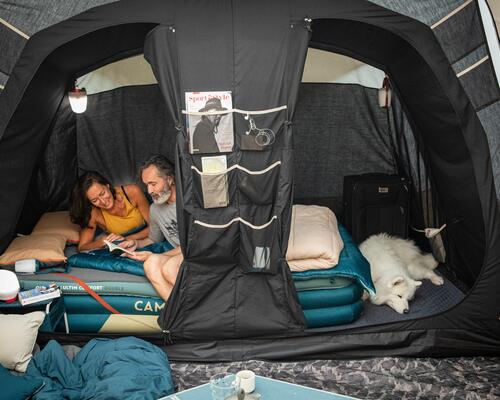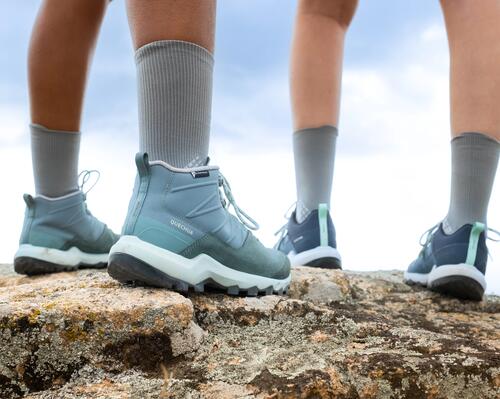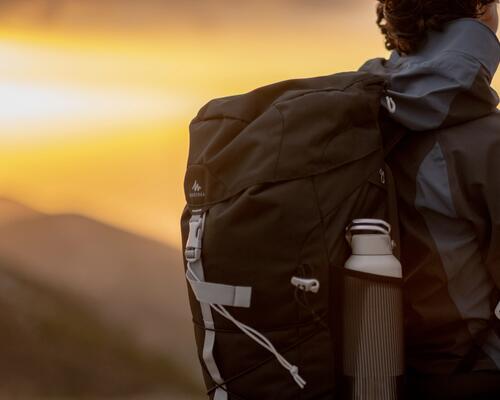Hiking is a sporting activity with many benefits
Accessible to people of all ages and abilities, hiking has many benefits for the body and mind.
- Keep in shape gently: To stay fit and healthy, regular exercise of any kind is obviously essential. However, some sports have the disadvantage of 'traumatising' your body, which can eventually weaken your joints and possibly cause joint pain. That's why walking and hiking are excellent alternatives, especially for older people or those with health problems. Walking lets you energise your whole body gently and at your own pace. Your bones, muscles and joints are gently kept active.
What's more, regular hiking helps to strengthen your heart muscle, considerably reducing your risk of developing cardiovascular disease, diabetes or even high blood pressure.
- An incomparable feeling of well-being: Like any outdoor activity, hiking soothes the mind by giving you the opportunity to switch off from your daily routine. For a few hours, you can forget the incessant noise of the city, as well as your professional and personal obligations. Walking is an excellent way to relieve stress. It can also improve your self-control.












